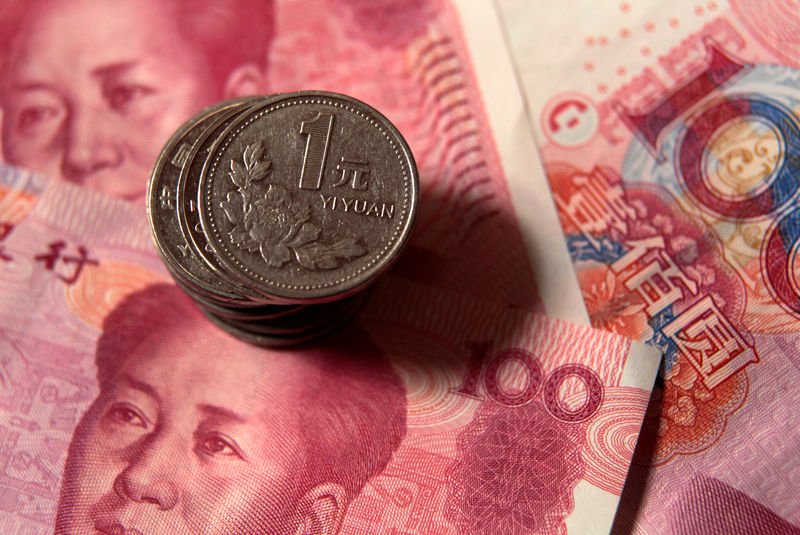Asian Currencies Dip on Mixed Chinese Trade Data, Fed Rate Risks
2022.08.08 06:26

Budrigannews.com – Most Asian currencies fell on Monday after mixed Chinese trade data raised concerns over demand in the country, while the dollar strengthened on expectations that the Federal Reserve will hike rates at a sharp clip next month.
As of 2302 ET (0302 GMT), the Chinese yuan was largely muted at 6.7620, as investors weighed robust exports against a smaller-than-expected rise in Chinese imports.
While China’s trade balance surged to a record high in July, a smaller-than-expected rise in imports raised concerns over sluggish demand in the country, which is a major export destination for most of Asia.
Currencies of countries with high trade exposure to China retreated on the data. The Philippine peso lost 0.1%, while Indonesia’s rupiah fell 0.3%.
The Chinese data comes just as the country begins rolling back crippling COVID-related lockdowns. The lockdowns had severely dented Chinese economic growth, which caused a knock-on effect across Asia. This has also seen Chinese inflation lag the large spikes seen across the globe, with a reading on Wednesday set to further the trend.
The Australian dollar rose 0.3% to 0.69 to the dollar as data showed that despite sluggish imports, China’s appetite for industrial metals- Australia’s top export to the country- remained steady. Australia had recently logged a record trade surplus on strong commodity exports to China.
Elsewhere, the Japanese yen fell 0.3% against the greenback to 135.34, and was the worst performer among its peers in Asia.
Japan logged its first current account deficit in five months in June, as rising commodity prices saw the value of imports largely eclipse exports.
The yen, along with most other currencies, was also pressured by expectations that the Fed will hike interest rates sharply when it meets in September. The dollar index jumped 0.9% on Friday, as did dollar index futures.
Stronger-than-expected U.S. payrolls data last week has bolstered this notion. With U.S. wages also rising at a steady pace, investors fear that the Fed could be pushed into hiking rates more than expected, to stave off inflationary pressures.
Focus is now also on the upcoming U.S. CPI inflation data on Wednesday, which is likely to factor into the Fed’s stance on interest rates.







